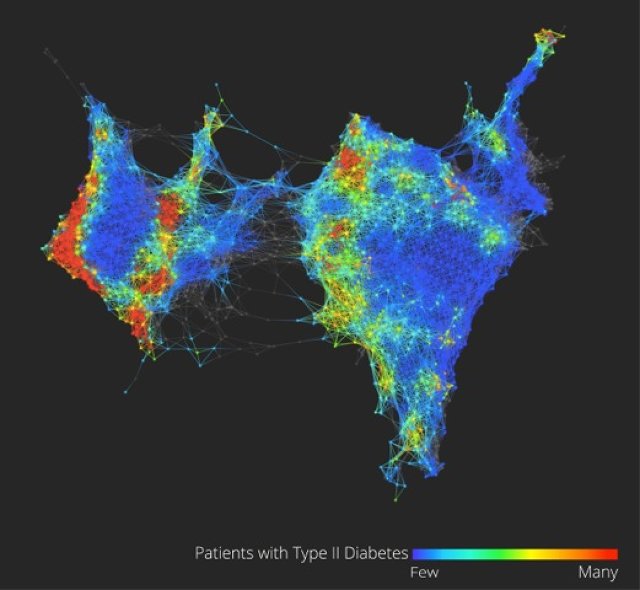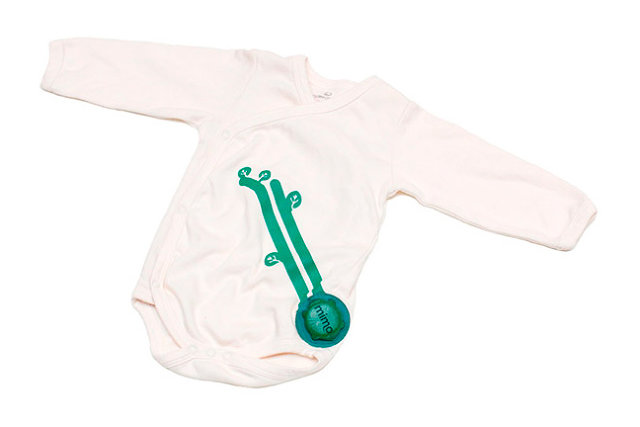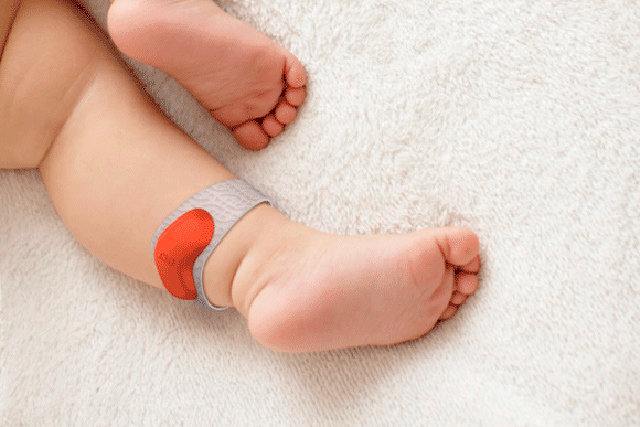
Author Vaclav Smil tackles the big problems facing America and the world. Andreas Laszlo Konrath“There is no author whose books I look forward to more than Vaclav Smil,” Bill Gates wrote this summer. That’s quite an endorsement—and it gave a jolt of fame to Smil, a professor emeritus of environment and geography at the University of Manitoba. In a world of specialized intellectuals, Smil is an ambitious and astonishing polymath who swings for fences. His nearly three dozen books have analyzed the world’s biggest challenges—the future of energy, food production, and manufacturing—with nuance and detail. They’re among the most data-heavy books you’ll find, with a remarkable way of framing basic facts. (Sample nugget: Humans will consume 17 percent of what the biosphere produces this year.)His conclusions are often bleak. He argues, for instance, that the demise of US manufacturing dooms the country not just intellectually but creatively, because innovation is tied to the process of making things. (And, unfortunately, he has the figures to back that up.) WIRED got Smil’s take on the problems facing America and the world.
You’ve written over 30 books and published three this year alone. How do you do it?
Hemingway knew the secret. I mean, he was a lush and a bad man in many ways, but he knew the secret. You get up and, first thing in the morning, you do your 500 words. Do it every day and you’ve got a book in eight or nine months.
What draws you to such big, all-encompassing subjects?
I saw how the university life goes, both in Europe and then in the US. I was at Penn State, and I was just aghast, because everyone was what I call drillers of deeper wells. These academics sit at the bottom of a deep well and they look up and see a sliver of the sky. They know everything about that little sliver of sky and nothing else. I scan all my horizons.
Let’s talk about manufacturing. You say a country that stops doing mass manufacturing falls apart. Why?
In every society, manufacturing builds the lower middle class. If you give up manufacturing, you end up with haves and have-nots and you get social polarization. The whole lower middle class sinks.
You also say that manufacturing is crucial to innovation.
Most innovation is not done by research institutes and national laboratories. It comes from manufacturing—from companies that want to extend their product reach, improve their costs, increase their returns. What’s very important is in-house research. Innovation usually arises from somebody taking a product already in production and making it better: better glass, better aluminum, a better chip. Innovation always starts with a product.
Look at LCD screens. Most of the advances are coming from big industrial conglomerates in Korea like Samsung or LG. The only good thing in the US is Gorilla Glass, because it’s Corning, and Corning spends $700 million a year on research.
American companies do still innovate, though. They just outsource the manufacturing. What’s wrong with that?
Look at the crown jewel of Boeing now, the 787 Dreamliner. The plane had so many problems—it was like three years late. And why? Because large parts of it were subcontracted around the world. The 787 is not a plane made in the USA; it’s a plane assembled in the USA. They subcontracted composite materials to Italians and batteries to the Japanese, and the batteries started to burn in-flight. The quality control is not there.
 Bill Gates’ actual bookshelf. We count six books by Smil in this section alone. Ian Allen
Bill Gates’ actual bookshelf. We count six books by Smil in this section alone. Ian Allen
Can IT jobs replace the lost manufacturing jobs?
No, of course not. These are totally fungible jobs. You could hire people in Russia or Malaysia—and that’s what companies are doing.
Restoring manufacturing would mean training Americans again to build things.
Only two countries have done this well: Germany and Switzerland. They’ve both maintained strong manufacturing sectors and they share a key thing: Kids go into apprentice programs at age 14 or 15. You spend a few years, depending on the skill, and you can make BMWs. And because you started young and learned from the older people, your products can’t be matched in quality. This is where it all starts.
You claim Apple could assemble the iPhone in the US and still make a huge profit.
It’s no secret! Apple has tremendous profit margins. They could easily do everything at home. The iPhone isn’t manufactured in China—it’s assembled in China from parts made in the US, Germany, Japan, Malaysia, South Korea, and so on. The cost there isn’t labor. But laborers must be sufficiently dedicated and skilled to sit on their ass for eight hours and solder little pieces together so they fit perfectly.
But Apple is supposed to be a giant innovator.
Apple! Boy, what a story. No taxes paid, everything made abroad—yet everyone worships them. This new iPhone, there’s nothing new in it. Just a golden color. What the hell, right? When people start playing with color, you know they’re played out.
Let’s talk about energy. You say alternative energy can’t scale. Is there no role for renewables?
I like renewables, but they move slowly. There’s an inherent inertia, a slowness in energy transitions. It would be easier if we were still consuming 66,615 kilowatt-hours per capita, as in 1950. But in 1950 few people had air-conditioning. We’re a society that demands electricity 24/7. This is very difficult with sun and wind.
Look at Germany, where they heavily subsidize renewable energy. When there’s no wind or sun, they boost up their old coal-fired power plants. The result: Germany has massively increased coal imports from the US, and German greenhouse gas emissions have been increasing, from 917 million metric tons in 2011 to 931 million in 2012, because they’re burning American coal. It’s totally zany!
What about nuclear?
The Chinese are building it, the Indians are building it, the Russians have some intention to build. But as you know, the US is not. The last big power plant was ordered in 1974. Germany is out, Italy has vowed never to build one, and even France is delaying new construction. Is it a nice thought that the future of nuclear energy is now in the hands of North Korea, Pakistan, India, and Iran? It’s a depressing thought, isn’t it?
The basic problem was that we rushed into nuclear power. We took Hyman Rickover’s reactor for submarines and pushed it so America would beat Russia. And that’s just the wrong reactor. It was done too fast with too little forethought.
You call this Moore’s curse—the idea that if we’re innovative enough, everything can have yearly efficiency gains.
It’s a categorical mistake. You just cannot increase the efficiency of power plants like that. You have your combustion machines—the best one in the lab now is about 40 percent efficient. In the field they’re about 15 or 20 percent efficient. Well, you can’t quintuple it, because that would be 100 percent efficient. Impossible, right? There are limits. It’s not a microchip.
The same thing is true in agriculture. You cannot increase the efficiency of photosynthesis. We improve the performance of farms by irrigating them and fertilizing them to provide all these nutrients. But we cannot keep on doubling the yield every two years. Moore’s law doesn’t apply to plants.
So what’s left? Making products more energy-efficient?
Innovation is making products more energy-efficient — but then we consume so many more products that there’s been no absolute dematerialization of anything. We still consume more steel, more aluminum, more glass, and so on. As long as we’re on this endless material cycle, this merry-go-round, well, technical innovation cannot keep pace.
Yikes. So all we’ve got left is reducing consumption. But who’s going to do that?
My wife and I did. We downscaled our house. It took me two years to find a subdivision where they’d let me build a custom house smaller than 2,000 square feet. And I’ll test you: What is the simplest way to make your house super-efficient?
Insulation!
Right. I have 50 percent more insulation in my walls. It adds very little to the cost. And you insulate your basement from the outside—I have about 20 inches of Styrofoam on the outside of that concrete wall. We were the first people building on our cul-de-sac, so I saw all the other houses after us—much bigger, 3,500 square feet. None of them were built properly. I pay in a year for electricity what they pay in January. You can have a super-efficient house; you can have a super-efficient car, a little Honda Civic, 40 miles per gallon.
Your other big subject is food. You’re a pretty grim thinker, but this is your most optimistic area. You actually think we can feed a planet of 10 billion people—if we eat less meat and waste less food.
We pour all this energy into growing corn and soybeans, and then we put all that into rearing animals while feeding them antibiotics. And then we throw away 40 percent of the food we produce.
Meat eaters don’t like me because I call for moderation, and vegetarians don’t like me because I say there’s nothing wrong with eating meat. It’s part of our evolutionary heritage! Meat has helped to make us what we are. Meat helps to make our big brains. The problem is with eating 200 pounds of meat per capita per year. Eating hamburgers every day. And steak.
You know, you take some chicken breast, cut it up into little cubes, and make a Chinese stew—three people can eat one chicken breast. When you cut meat into little pieces, as they do in India, China, and Malaysia, all you need to eat is maybe like 40 pounds a year.
So finally, some good news from you!
Except for antibiotic resistance, which is terrible. Some countries that grow lots of pork, like Denmark and the Netherlands, are either eliminating antibiotics or reducing them. We have to do that. Otherwise we’ll create such antibiotic resistance, it will be just terrible.
So the answers are not technological but political: better economic policies, better education, better trade policies.
Right. Today, as you know, everything is “innovation.” We have problems, and people are looking for fairy-tale solutions—innovation like manna from heaven falling on the Israelites and saving them from the desert. It’s like, “Let’s not reform the education system, the tax system. Let’s not improve our dysfunctional government. Just wait for this innovation manna from a little group of people in Silicon Valley, preferably of Indian origin.”
You people at WIRED—you’re the guilty ones! You support these people, you write about them, you elevate them onto the cover! You really messed it up. I tell you, you pushed this on the American public, right? And people believe it now.
Bill Gates reads you a lot. Who are you writing for?
I have no idea. I just write.



 Author Vaclav Smil tackles the big problems facing America and the world. Andreas Laszlo Konrath“There is no author whose books I look forward to more than Vaclav Smil,” Bill Gates wrote this summer. That’s quite an endorsement—and it gave a jolt of fame to Smil, a professor emeritus of environment and geography at the University of Manitoba. In a world of specialized intellectuals, Smil is an ambitious and astonishing polymath who swings for fences. His nearly three dozen books have analyzed the world’s biggest challenges—the future of energy, food production, and manufacturing—with nuance and detail. They’re among the most data-heavy books you’ll find, with a remarkable way of framing basic facts. (Sample nugget: Humans will consume 17 percent of what the biosphere produces this year.)His conclusions are often bleak. He argues, for instance, that the demise of US manufacturing dooms the country not just intellectually but creatively, because innovation is tied to the process of making things. (And, unfortunately, he has the figures to back that up.) WIRED got Smil’s take on the problems facing America and the world.
Author Vaclav Smil tackles the big problems facing America and the world. Andreas Laszlo Konrath“There is no author whose books I look forward to more than Vaclav Smil,” Bill Gates wrote this summer. That’s quite an endorsement—and it gave a jolt of fame to Smil, a professor emeritus of environment and geography at the University of Manitoba. In a world of specialized intellectuals, Smil is an ambitious and astonishing polymath who swings for fences. His nearly three dozen books have analyzed the world’s biggest challenges—the future of energy, food production, and manufacturing—with nuance and detail. They’re among the most data-heavy books you’ll find, with a remarkable way of framing basic facts. (Sample nugget: Humans will consume 17 percent of what the biosphere produces this year.)His conclusions are often bleak. He argues, for instance, that the demise of US manufacturing dooms the country not just intellectually but creatively, because innovation is tied to the process of making things. (And, unfortunately, he has the figures to back that up.) WIRED got Smil’s take on the problems facing America and the world.
 Bill Gates’ actual bookshelf. We count six books by Smil in this section alone. Ian Allen
Bill Gates’ actual bookshelf. We count six books by Smil in this section alone. Ian Allen Daily text messaging may be a useful self-monitoring tool for weight control, particularly among racial/ethnic minority populations most in need of intervention, according to Duke University study results published in a Journal of Medical Internet Research
Daily text messaging may be a useful self-monitoring tool for weight control, particularly among racial/ethnic minority populations most in need of intervention, according to Duke University study results published in a Journal of Medical Internet Research 


